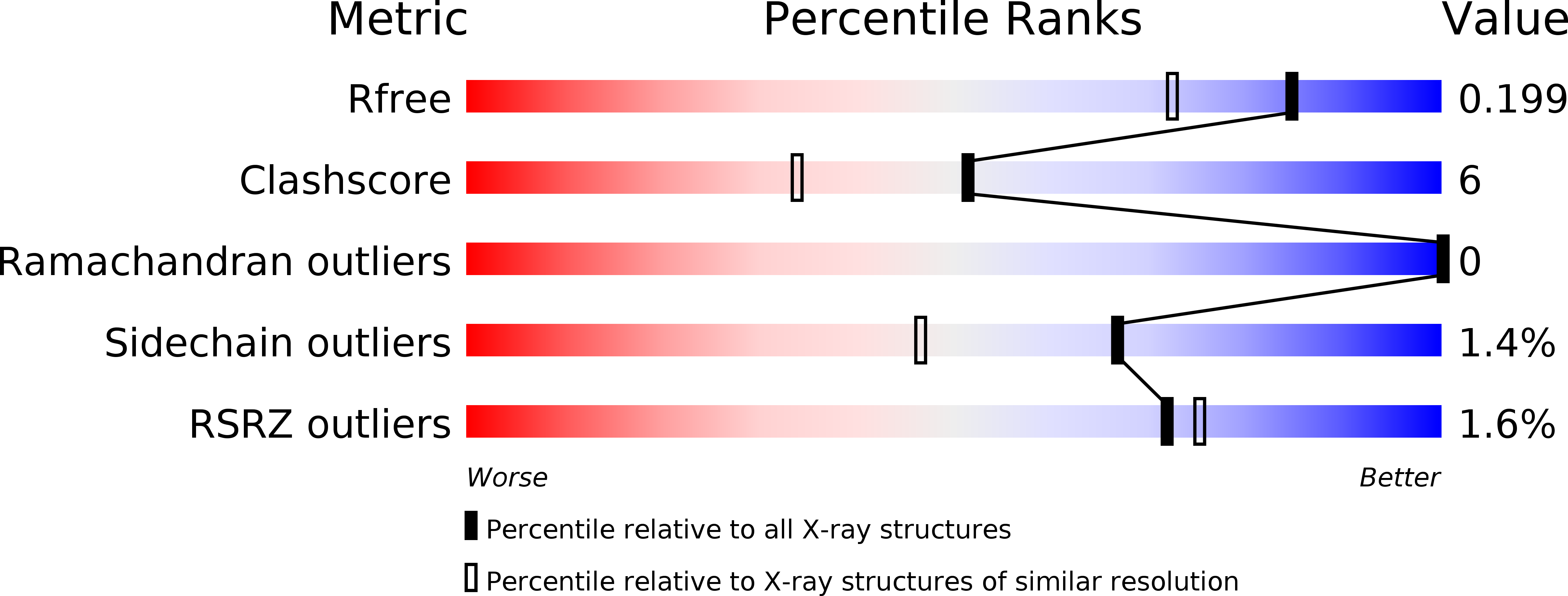
Deposition Date
2013-09-06
Release Date
2014-07-02
Last Version Date
2023-09-20
Entry Detail
PDB ID:
4MLX
Keywords:
Title:
Structure of a bidentate 3-hydroxy-4H-pyran-4-thione ligand bound to hCAII
Biological Source:
Source Organism:
Homo sapiens (Taxon ID: 9606)
Host Organism:
Method Details:
Experimental Method:
Resolution:
1.65 Å
R-Value Free:
0.20
R-Value Work:
0.15
R-Value Observed:
0.15
Space Group:
P 1 21 1


